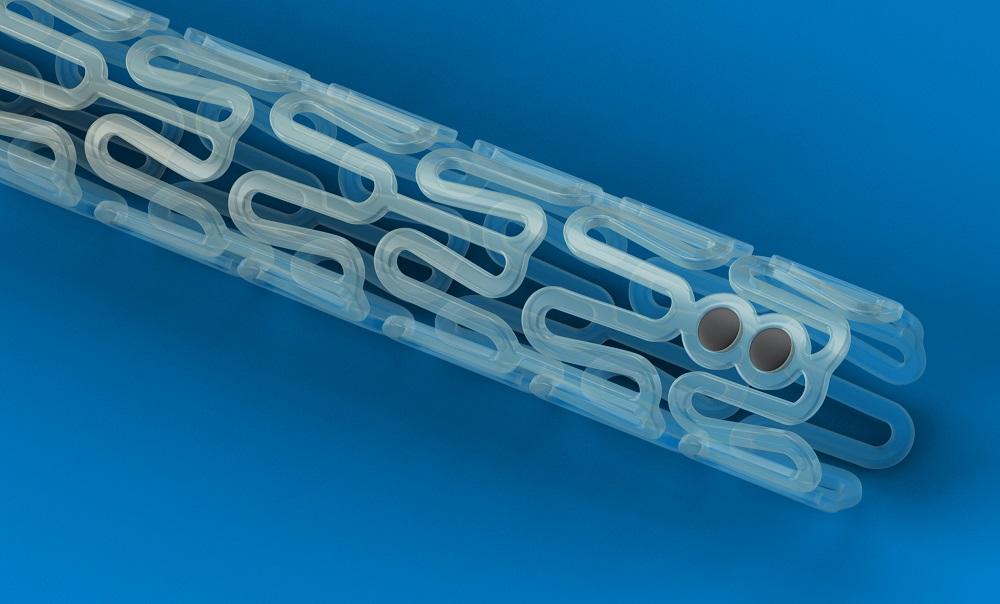Bioresorbable implants are slowly emerging as a revolutionary new technology in the medical field. These implants are designed to degrade and get absorbed by the body over time, eliminating the need for repeated surgeries to remove implanted devices once they have served their purpose. In this article, we discuss the concept of bioresorbable implants in detail and explore their significant potential to transform patient care.
What are Bioresorbable Implants?
Bioresorbable implants are medical devices manufactured from materials that are designed to degrade safely once implanted inside the body. These materials, usually polymers, gradually break down through natural metabolic processes within the body and do not require surgical removal once their functional role is complete.
Traditional implants like titanium plates and screws used in orthopaedic procedures require a second surgery for removal when the bones have fully healed. This adds risk, recovery time and costs to treatment. Bioresorbable implants address this limitation by naturally dissolving after a predetermined timeframe, eliminating the need for implant retrieval. The dissolving materials are eliminated through the urine or metabolised by the body.
Areas of Application
Bioresorbable implants have promising applications across multiple clinical specialties:
Orthopaedics: They are widely used as fixation devices like screws, pins and plates to support bone healing. Once the bone has knitted together, the implants dissolve harmlessly.
Cardiology: Bioabsorbable stents that expand blocked arteries are being extensively researched. They provide temporary scaffolding and then degrade, removing the need for lifelong blood-thinning drugs.
Ophthalmology: Bioresorbable Implants are being evaluated to treat glaucoma by maintaining an opening in the eye during healing.
General surgery: Sutures and other wound closure devices made of bioresorbable polymers that degrade predictably are commercially available.
Dentistry: Biodegradable pins, screws and plates help accelerate healing of facial fractures without implant retrieval surgeries.
Advantages of Bioresorbable Technology
By eliminating implant remnants, bioresorbable alternatives provide several clinical advantages over traditional metallic implants:
1. No need for implant removal surgery: This reduces costs, recovery time, implant-site complications and risk of re-operations for patients.
2. Less interference with follow-up imaging: Degradable implants do not create imaging artefacts allowing clear assessment of treated regions over time on techniques like MRI, CT scans.
3. Potentially enhanced healing: As the implant degrades, it may stimulate natural bone growth by adopting scaffolding properties.
4. Lower risk of long-term complications: Without inert foreign bodies left permanently, risks of infection, migration, implant failure or stress-shielding are avoided.
5. Increased patient satisfaction: Younger and more active patients prefer implant solutions that do not remain in the body indefinitely.
Materials and Applications of Bioresorbable Implants
Polyglycolic acid (PGA), polylactic acid (PLA), polycaprolactone (PCL) are the most widely explored biodegradable polymer families for creating implant devices. Copolymers combining these such as poly-L/D-lactide (PLDL) provide tuneable degradation properties. Metals like magnesium alloys are also being developed.
Commercially available implant forms include self-reinforced PGA mesh for hernia repair, poly-L/D-lactide plates and screws approved for orthopaedic and craniofacial fractures. Future areas of intense research involve drug-eluting implants to locally deliver medications over weeks during healing.
Challenges and Regulations
Key technical challenges include optimizing degradation timeframes, mechanical integrity matching metals, processing implant geometries, and ensuring break-down products do not induce inflammation. Strict biocompatibility testing as per ISO and FDA standards is mandatory. Clinical evidence from long-term follow-up studies is critical to establish safety and efficacy. Current research is addressing these scientific and regulatory requirements to bring more bioresorbable technologies into widespread clinical practice.
As materials science and translational research progresses, biodegradable implants promise to advance patient care by eliminating lifelong metallic hardware while maintaining fixation during healing. With more products regulated and adopted in clinical guidelines, this technology could help transform fields like orthopaedics by providing effective yet transitive solutions. Wider adoption of bioresorbable technologies also depends on manufacturers optimizing costs to make them competitive with traditional implant alternatives. Overall, bioresorbable implants represent a significant leap towards less invasive practices and improved outcomes in medicine.
Get more insights on- Bioresorbable Implants
